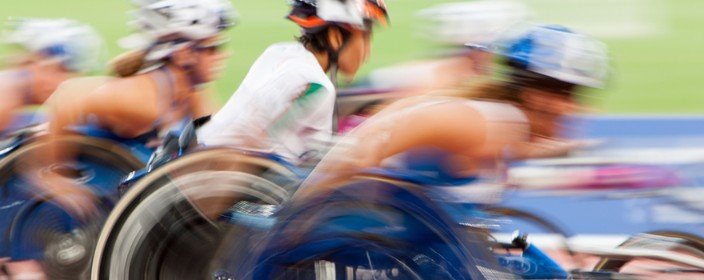Salute The Amazing Athletes of the 2016 Rio Paralympic Games
Every Olympic year since 1960, the Paralympics have been held along with the regular Olympic Games. Take a brief look at how Hungary has performed in the 2016 Rio Paralympic Games.
Hungary has 43 Paralympic athletes competing in the 2016 Rio Paralympic Games in Rio Janeiro, Brazil, which run from September 7-18.
They compete in such events as swimming, table tennis, wheelchair fencing, wheelchair tennis, shooting, powerlifting, paracanoeing, judo and cycling.
So far this year, Hungary has won eight medals, as follows:
Silver:
- Swimming Men’s 200m Individual Medley – SORS Tamás
- Swimming Women’s 100m Backstroke – PAP Bianka
- Table Tennis – CSONKA András
Bronze:
- Swimming Women’s 200m Individual Medley – PAP Bianka
- Table Tennis – PÁLOS Péter
- Swimming Men’s 100m Freestyle – TÓTH Tamás
Once again, our little Central European country continues to produce Olympic-caliber athletes who overcome all manner of difficulties to compete in their specialties. Hungary made its Paralympic Games debut at Heidelberg in 1972 and since then has won 123 medals (29 gold, 40 silver and 54 bronze), more than half of which came in swimming (22 Gold, 21 Silver and 28 Bronze).
Fencer Pál Szekeres and swimmers Géza Dukai and Zsolt Vereczkei are Hungary’s most successful Paralympians in individual events, each claiming three gold and three bronze medals. In addition, Krisztina David is one to watch in 2016; she won silver at the 2014 IPC Shooting World Championships in the women’s 10m air pistol event and could win Hungary’s first Paralympic medal in shooting.
Hungary also shines at wheelchair fencing, with athletes such as Zsuzsanna Krajnyak.
History of Paralympics
Sport for athletes with an impairment has existed for more than 100 years, but it was not until after World War II that its popularity expanded. The purpose of it at that time was to assist the large number of war veterans and civilians who had been injured during wartime.
On 29 July 1948, the day of the Opening Ceremony of the London 1948 Olympic Games, the first unofficial competition for wheelchair athletes was organized. It involved 16 injured servicemen and women who took part in archery.
The first Paralympic Games were held in Rome, Italy, in 1960 and featured 400 athletes from 23 countries. In 1976 Örnsköldsvik, Sweden, staged the first Paralympic Winter Games. The Games are now the second biggest sporting event in the world.
The word “Paralympic” derives from the Greek preposition “para” (beside or alongside) and the word “Olympic”. Its meaning is that Paralympics are the parallel Games to the Olympics and illustrates how the two movements exist side-by-side.
Every participant at the Paralympics has their disability grouped into one of five disability categories: amputation; cerebral palsy; wheelchair athletes; visual impairment; Les autres (i.e., any others, for example dwarfism or multiple sclerosis).
Congratulations to all the amazing Paralympic athletes!




